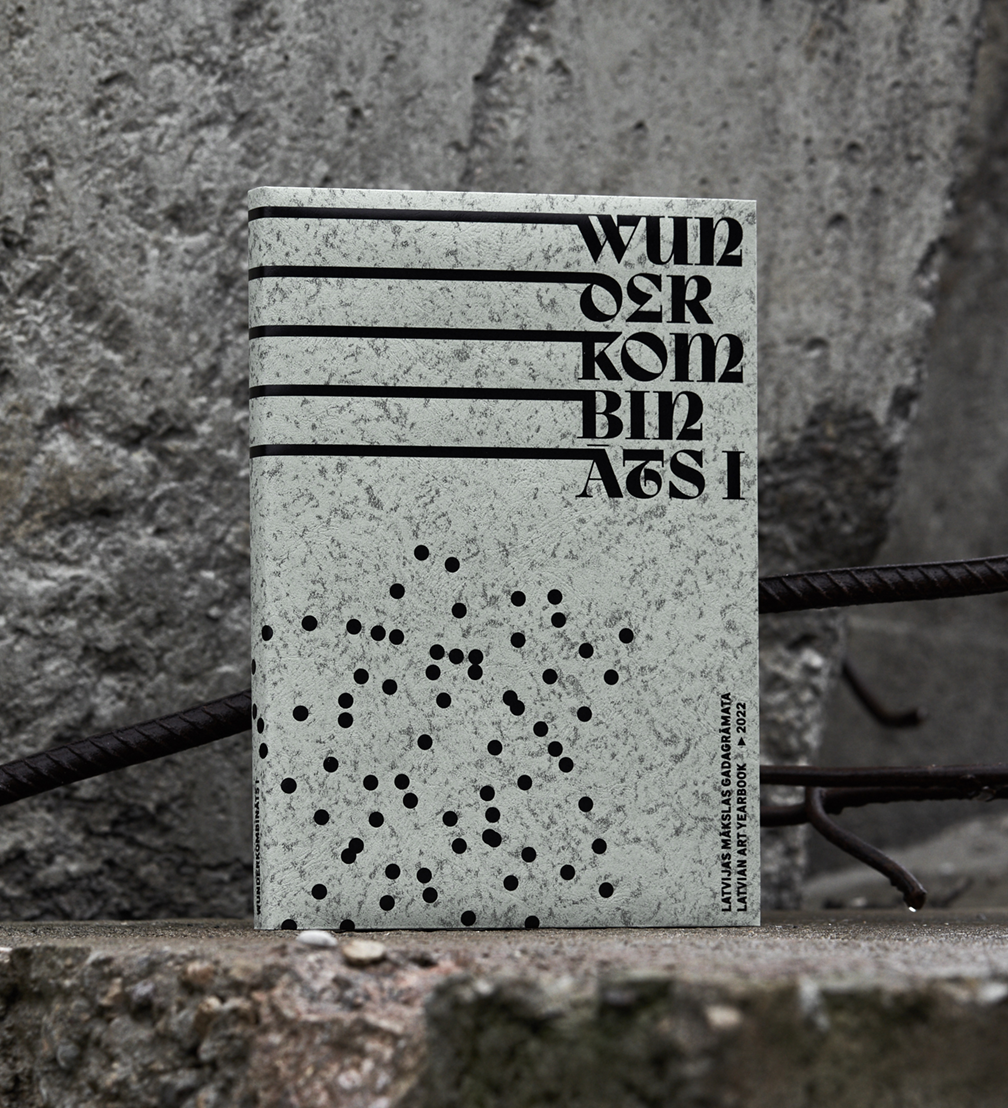
The cultural organisation Wunder Kombinat has published a collection of non–academic research articles Wunderkombināts I. Latvian Art Yearbook 2022 dedicated to contemporary art and cultural processes in Latvia. This edition focuses in particular on decolonial discourse, eco–criticism, the women’s history movement, and the aesthetics of fascism.
Through Wunderkombināts, the editors and curators Santa Hirša, Šelda Puķīte, and Elīna Ķempele attempt to fill a niche that has been empty for many years — they’ve created a printed, periodical publication of research into Latvian visual art. The collection of articles analyses the interaction between local visual culture and ideological, economic, and historical processes, aiming to be topical and representative at international level as well.
The book’s title is a wordplay on cabinets of curiosity, known in German as «Wunderkammer». Transforming them into factories of miracle production, the publishers ironise about the creation of art under neoliberal capitalism. At the same time, the fictional bilingual word «Wunderkombināts» points to the complex geopolitical Eastern European context that has resurfaced since Russia’s invasion of Ukraine. «The year 2022 has highlighted the power hierarchies and asymmetries built by historical injustices, and it has only reinforced the aspirations of the creative team to shed light on art processes as part of the overall direction of the Eastern European region, to rid itself of self–colonising views and exposure to artificially imposed superpower narratives,» editor Santa Hirša characterises the publication.
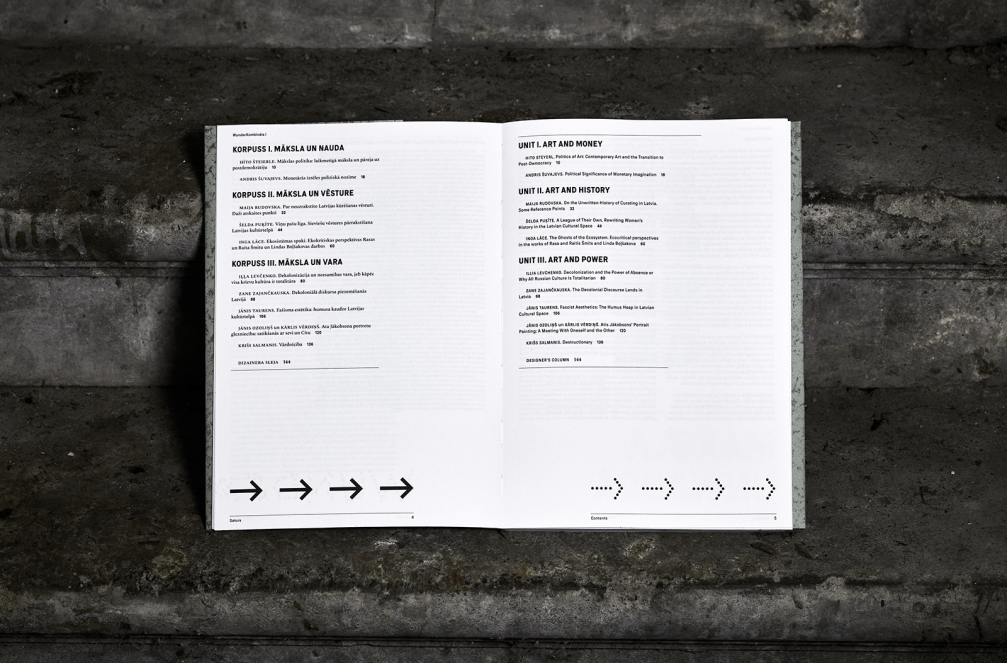
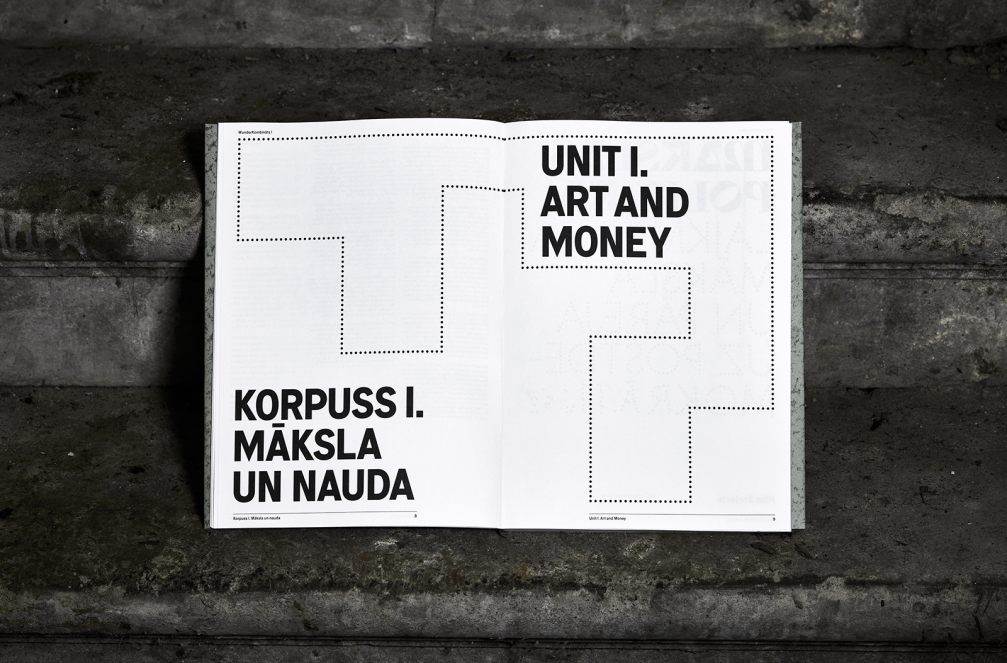
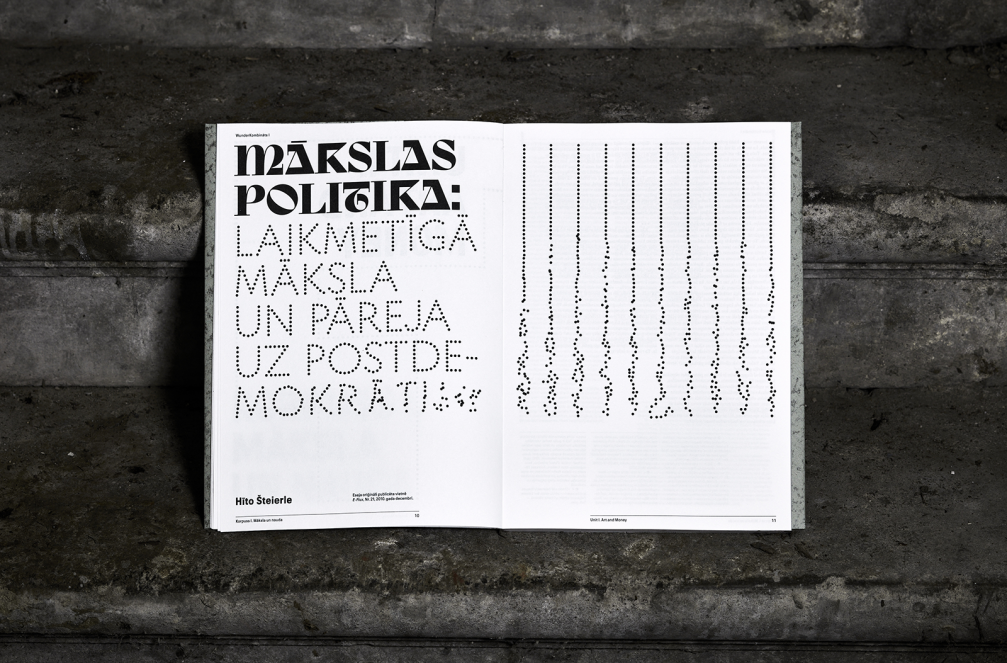
Texts by local researchers and essayists are complemented by translations of essays by the German artist and theorist Hito Steyerl and the Ukrainian art historian Illia Levchenko. For each of the yearbooks the curatorial team has planned to invite one Latvian artist to create a visual essay. In the first issue, such a collaboration was formed with visual artist Krišs Salmanis. In his visual essay, Vārdnīcība, Salmanis recontextualizes words whose meaning has been changed by Russia’s war in Ukraine.
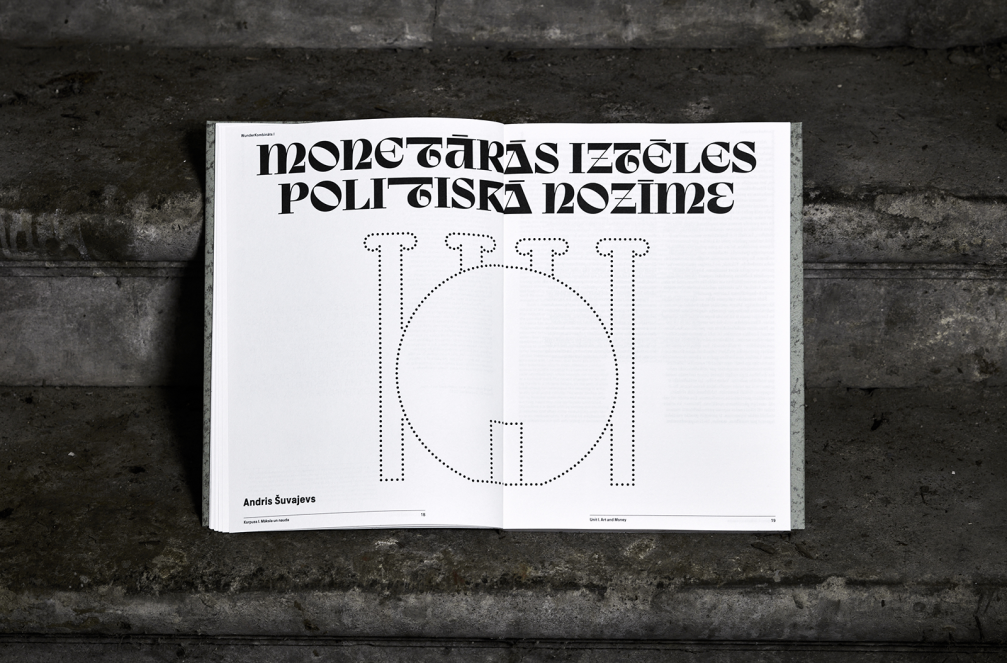
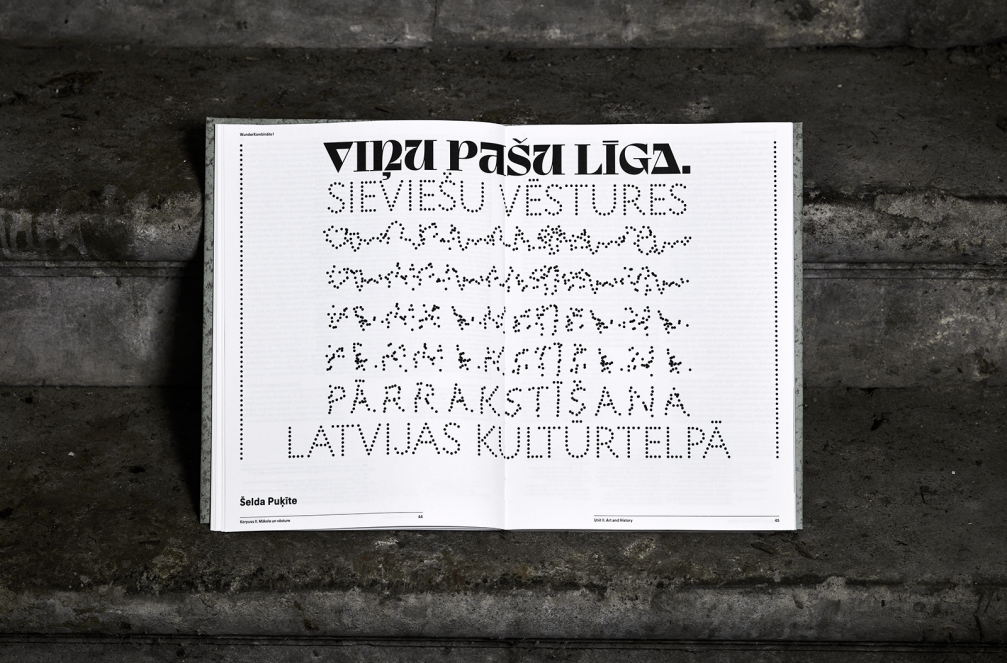
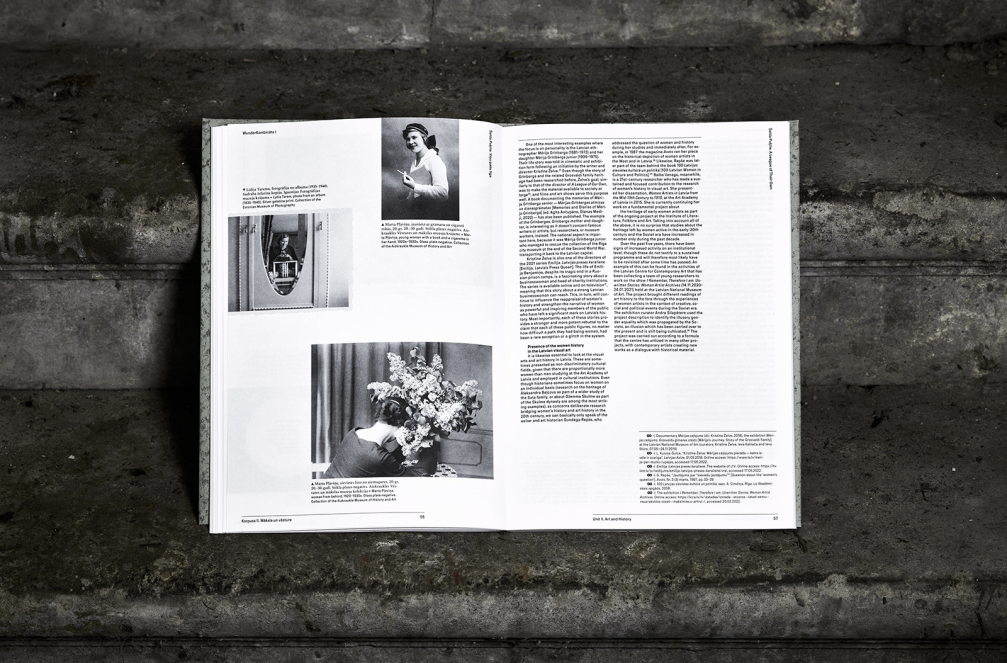
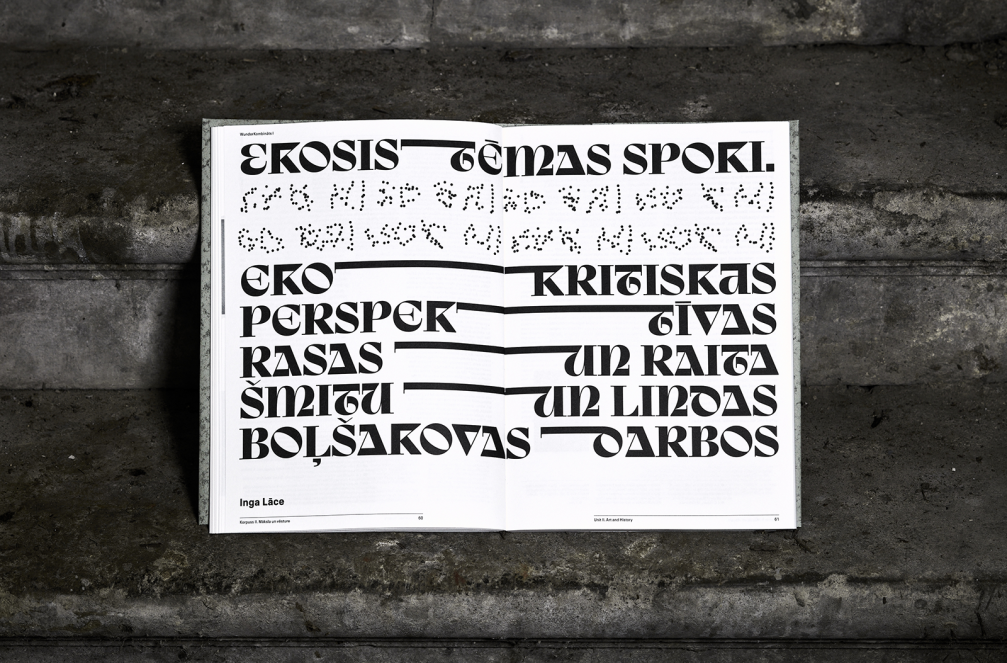
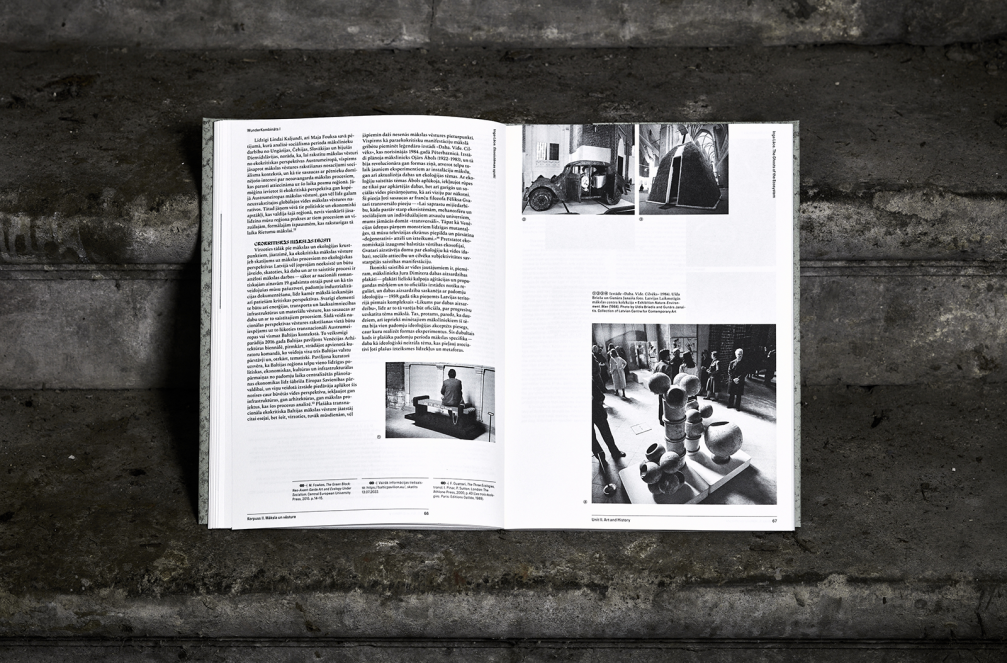
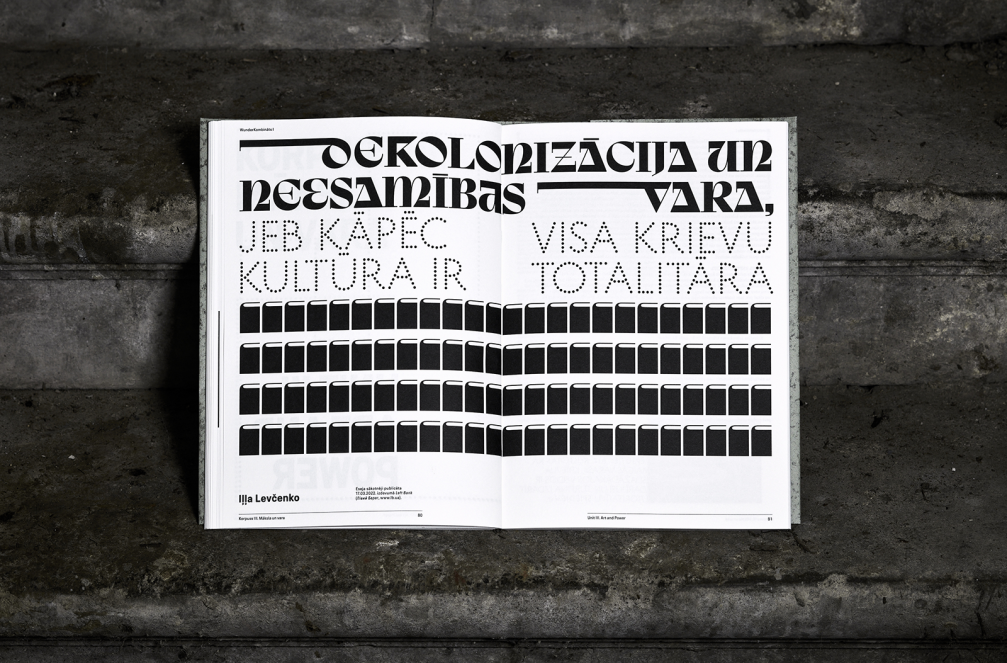
The design of the publication has been created by the book designer Alexey Murashko, who focuses on new meanings of words under the influence of war in his designer’s column: «Even «Wunder», a word which usually has had a cheerful vibe to it, is now, to my mind, associated with «Wunderwaffe», a famous term from the downfall of Nazi Germany.» The design of the book features something of the dystopian and monumental aesthetic inherent in totalitarian regimes, something of wartime roughness, aggression, and ruin. Murashko has produced abstract illustrations for each of the three titles of the book — «Art and money», «Art and History», and «Art and power» — and for each of the essays, touching on different cultural references. The illustrations are derived from an experimental typeface, Dusseldot, which permeates the entire book and serves as a symbol of decomposition and disintegration, while the base character of the edition is provided by the contemporary Gothic typeface Escura.
While work on Wunderkombināts I began before Russia invaded Ukraine, the book addresses the new geopolitical situation and is, in the authors’ words, a «protest against political sleepiness». At the same time, the edition is also an invitation to see Latvian art in the light of critical theories and to promote new research perspectives.
Wunderkombināts I. Latvian Art Yearbook 2022 is published with support of the State Culture Capital Foundation.
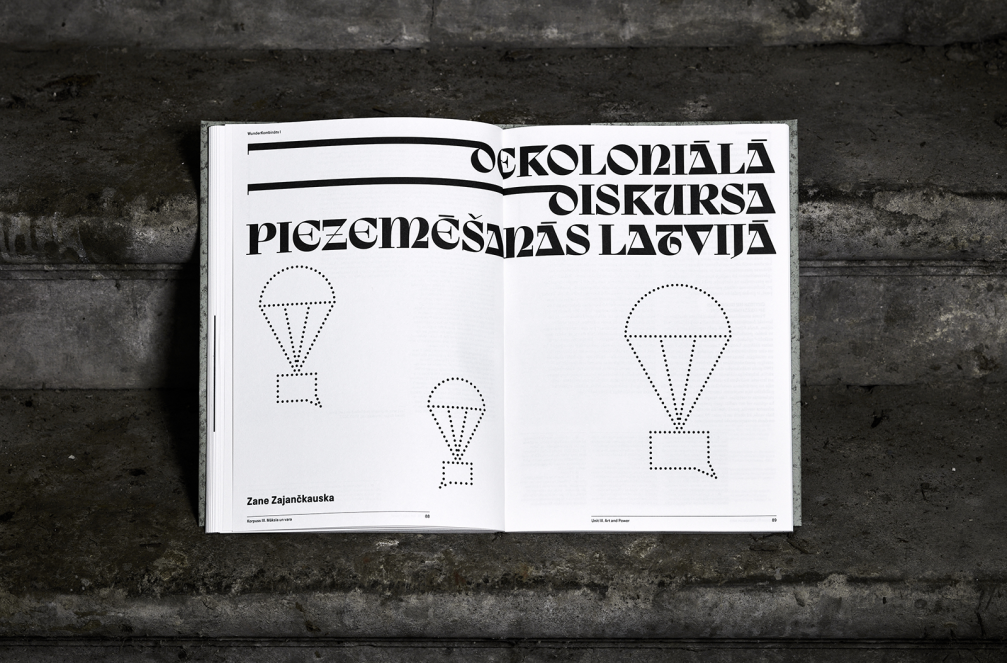
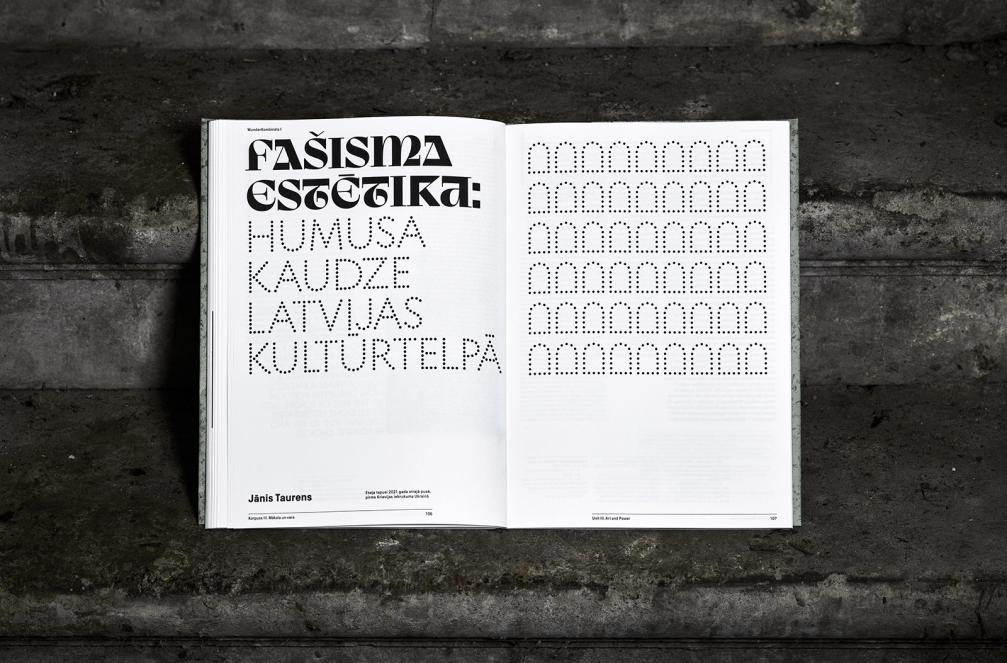
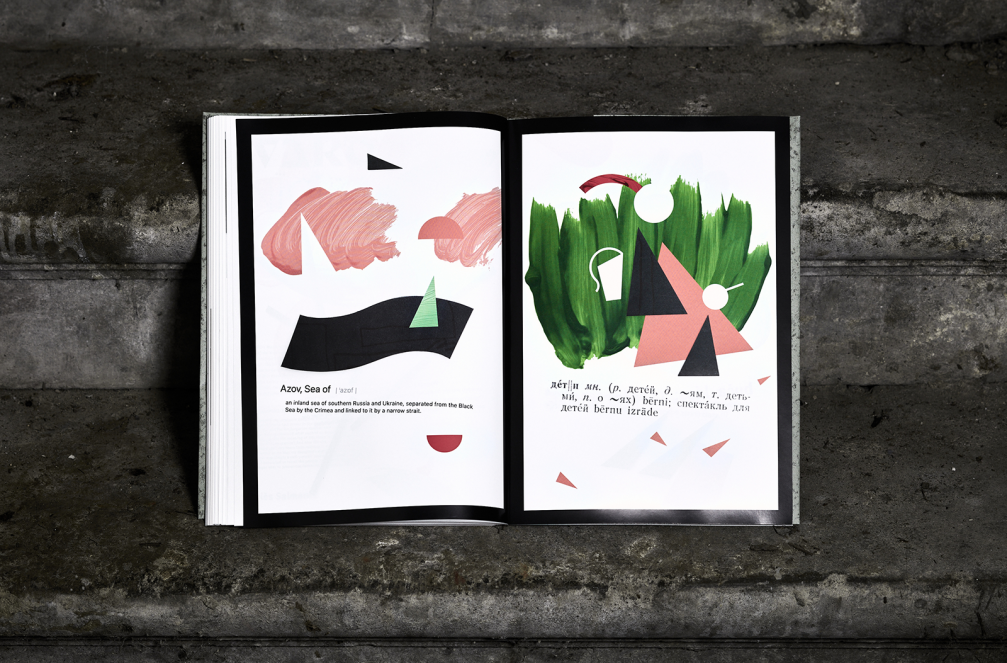


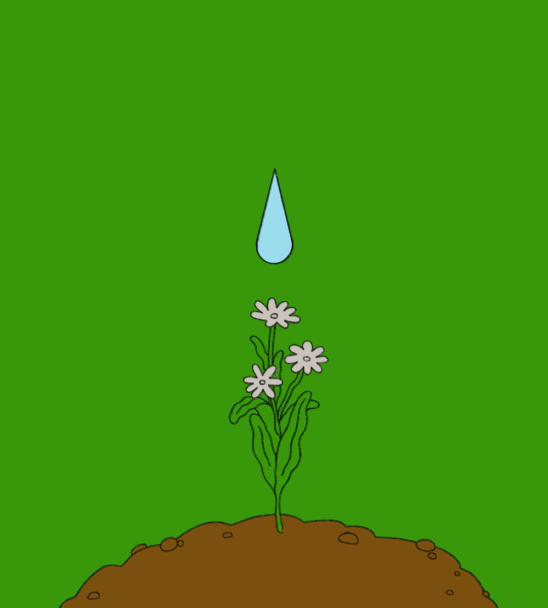
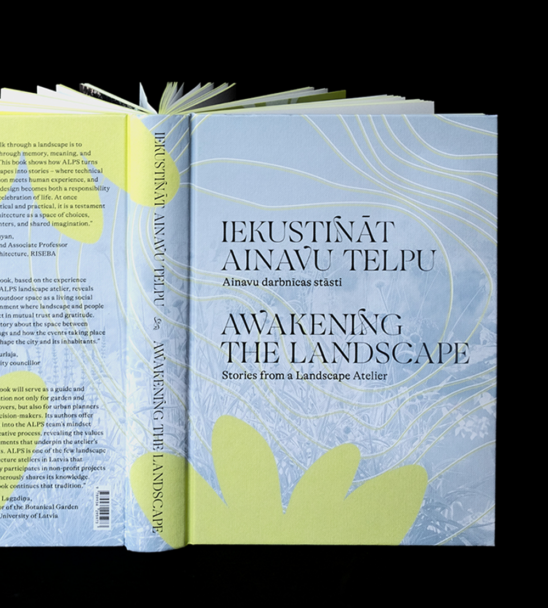
Viedokļi